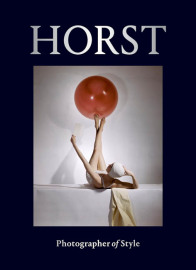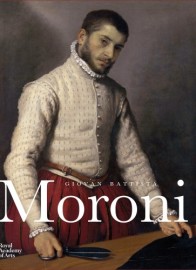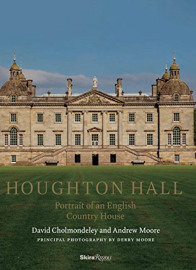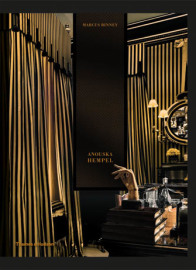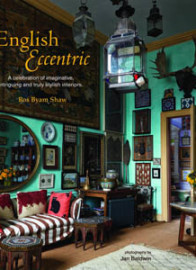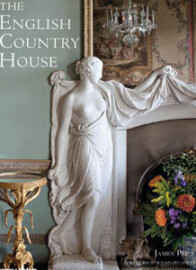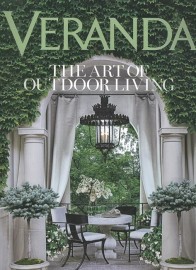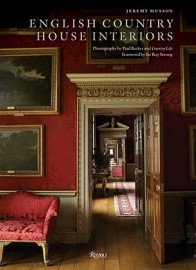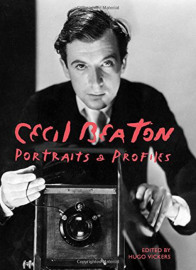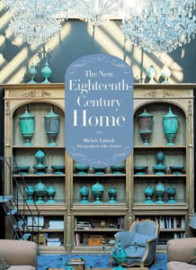How often have you thought that the concept of luxury has been debased?
Probably the last time you sat through some mind numbing TV commercials that anaesthetised you with information about luxury chocolate or luxury soap or luxury leather sofas from the luxury leather sofa planet. In fact if there’s a product – from dog food to condoms – that doesn’t have ‘luxury’ attached to it then it must at the very least be dangerously toxic as ‘luxury’ has become the minimum standard for everything. Yesterday I drove past a new luxury apartment development in Aldgate complete with a Paddy Power betting shop and Tesco Metro downstairs and an Ibis next door – luxury indeed!
Luxury is of course has always been and will always be subjective. Even if everyone on the planet was a billionaire there would be disagreement on what constitutes ‘luxury’, particularly as ‘exclusivity’ – a core component of the concept of luxury – would have been fatally compromised by this mass democratisation of access to the best of the worlds choicest resources and skills.
It may be frustrating (particularly to luxury and prestige brands) that the word ‘luxury’ cannot be defined and restricted in its application, and high street fashion brands have spectacularly breached the ramparts so effectively that Kate Moss will design for Top Shop, and the worlds super rich will covet these items almost as enthusiastically as they do their Rolex and Aston Martin. Practically nobody (nobody smart anyway) just wears luxury brands, they’ll combine something from Chanel with something vintage and something from Zara – not surprising as fashion stylists are reinforcing this breach as are advertisers. This breach is critically important for our culture today as it has defined a new style that is more eclectic than ever before and is as obvious in fashion as it is in interior design. It isn’t shocking these days to find a fine 18th century four poster (purchased for £400,000 at Malletts) placed on a designer polished concrete floor with a bedside table from French Connection Homeware.
And the reason for this cultural chaos? Well the explanation largely lies with a confluence of ideas that are usually grouped together and neatly labelled ‘postmodern’: a healthy rejection of the monastic sterility of the modern. So the cognitive shackles are off and it’s back to the past, decoration, and in fact anything that strikes your fancy, AKA ‘eclecticism’. A key feature is the now obligatory injection of ‘humour and irony’ into all expressions of taste as this apparently reinforces our feeling of social ease and confidence. I must perforce be super sophisticated if I can juxtapose the unjuxtaposable and see the funny side of it to boot!
There are endless tomes published on the roots of this thinking, but I suspect it’s deepest roots are not new and nor are they particularly distant. They are old, venerable and distinctly Anglo Saxon Protestant: The English aristocracy have for centuries been perfecting a style now often known in the fashion and interiors world as ‘English Eccentrics’. And it didn’t take the runaway international success of Downton Abbey to bring this distinctive aesthetic to everyone’s attention, the truth is that this aesthetic has gracefully and ingeniously infected almost every aspect of our cultural view here in the UK for years and is now being successfully and enthusiastically exported to all four corners of the globe. God save the Queen!
At a delightful lunch at Houghton Hall
the other day I could hardly fail to note that my hosts the fragrant Rose and David Cholmondeley epitomise this aesthetic better than most. They have embellished the great Bridgeman gardens with modern sculpture by some of the leading artists of our time: Works by James Turrell, Richard Long and others. Once inside we wandered through the perfectly preserved 18th century interiors into our hosts’ crisp, open and distinctly modern apartments with Art Deco and African accents. The grand Palladian home of David the 7th Marquis of Cholmondeley, was recently on every international headline on the occasion of the spectacular exhibition of 60 of its original paintings – Houghton Revisted – loaned back by the Hermitage (where it once comprised the jewel in the crown of its collection) to the house that was designed to display them. David is therefore continuing a rather distinguished family tradition of art patronage, which when combined with his other roles of film maker and hereditary Lord Great Chamberlain makes him the very model of a modern major general.
I was reminded of the early pervasiveness of this cultural weltanshauung (why use an English word when you can use a long German one with a nice tinny sound instead?) at an excellent Tate Britain exhibition of the life of the trailblazing scholar, broadcaster, public servant and curator Kenneth Clark – the first time an exhibition has been held there on the life and work of a non-artist. Perhaps it is a distinctly British feature that it took a privileged patrician from among the ‘idle rich’ (as he described his parents) to bring art to the masses by completely revamping the way we see and exhibit art; and he did all this with a religious zeal. Special K’s influence on our enjoyment and appreciation of art is therefore incalculable. K had interesting perspectives on all aspects of culture. For example his view on interior design – and few would disagree with him now – is that every room should be decorated with objects from different eras to avoid the ‘deadening effect’ as he put it of the museum approach. This view wasn’t always so uncontroversial and many cultural leaders on the continent and beyond will still be uncomfortable with its seismic implications – but not for long I suspect. This roller coaster is unstoppable… until it is.
We are all material girls now,
upscaling almost every aspect of our lives: our clothes, houses, cars and gadgets and it is not unknown to upscale even wives, husbands and friends through the now respectably codified processes of networking and social climbing. All of this in a ceaseless struggle to consume more and better – not so much to lead more comfortable lives (remember ‘luxuries’ are the opposite of ‘necessities’) but mostly to improve our status – the image of ourselves that’s presented to our peers and gain their admiration (not to mention envy).
The luxury brands industry may not be able to assert ownership over the meaning and use of the word ‘luxury’ but bruised and beleaguered they are valiantly fighting back. Exhibitions like the excellent Masterpiece in London attempt to underline the other core features of ‘luxury’ that include creativity, craftsmanship, precision, high quality, innovation and of course premium pricing – which also neatly reinforces the exclusivity thing. There is ultimately no escaping the desire for exclusivity. Meanwhile others attempt a whole taxonomy of ‘luxury’, a classification of truly luxury brands that is not dissimilar to the taxonomy of say reptiles and just as ambitious. Gucci and Chanel are on the warpath and have let loose the diamond studded, perfumed and pampered lap dogs of war…woof woof!
Meanwhile and quite thankfully we will all have our own ideas of what constitutes ‘luxury’, and it is worth remembering that even those of us on middle incomes lead lives of fabulous luxury that the earth shatteringly powerful emperors of even the recent past could never have even dreamed of. Foods gathered and flown in from all over the planet for our delectation and available at our local supermarket or delivered; long haul travel in just a few hours to palaces of pleasure known simply as ‘hotels’ where we may be pampered to death; information, goods and services are summonable as if by a genii from a magnificent hand held device at all hours of the day and night; music and drama are enjoyed on command and at little cost. Spare a thought then for the unfortunate El Greco who like many of us loved to listen to music while he ate and never compromised on the little orchestra that played at meal times, but sadly was almost bankrupted by the extravagance of this little luxury. When you consider however that many regard holidays, unseasonal food, the mobile phone and TV as ‘essentials’ rather than ‘luxuries’, ‘luxury’ – as we observed – is nothing if it is not subjective and never enough!
And are our luxuries sustainable? Don’t even ask!
When the average UK person uses 3.5 Earths with the global average being 1.5 Earths, it means the party is almost over, just when it was getting going. Pity…









